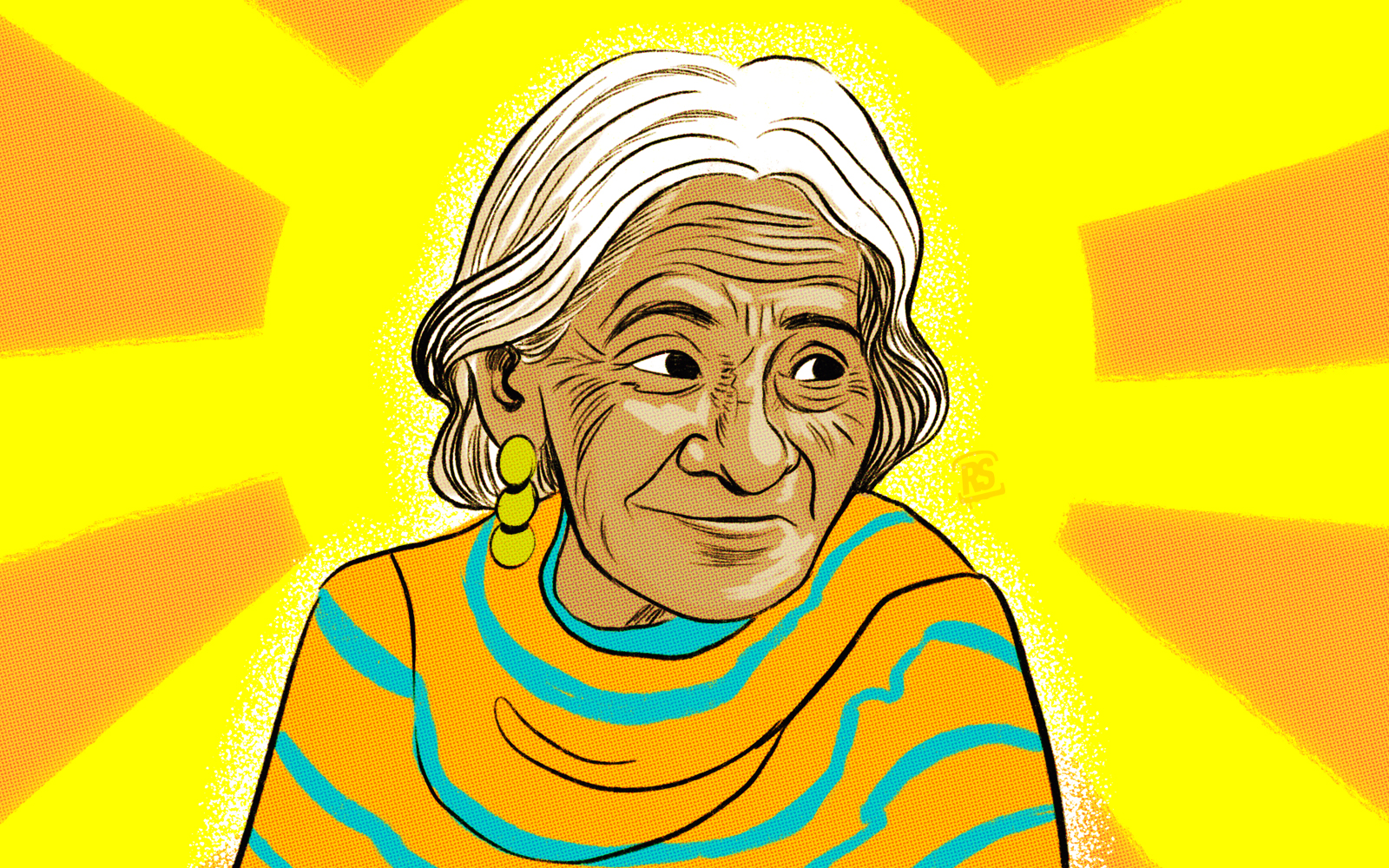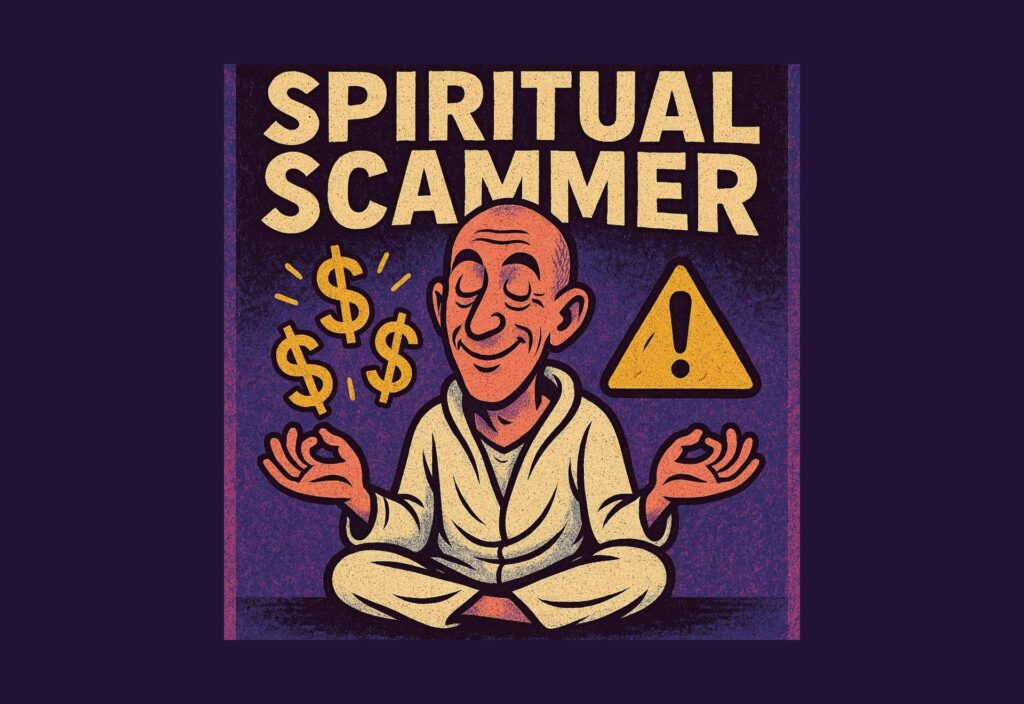Magic mushrooms are incredibly popular today. How they became introduced to into American culture isn’t usually a topic discussed while tripping on psilocybin fungi. We all may have María Sabina to thank for exposing the Western world to the healing properties of the psilocybin mushroom.
Who is María Sabina?
María Sabina is the mother of the modern magic mushroom. She was a Mazatec woman who possessed a deep-rooted relationship with our planet and its ancient traditions that go beyond the illusions of our indoctrinated systems. Sabina’s sacred mushroom rituals became wildly popular in the 1970’s and brought more exposure to the benefits of psilocybin.
Personal Life
María Sabina was born July 22, 1894, and left us on November 22, 1985. She lived in the small village of Huautla de Jiménez, México. Sabina was born into a family of shamans who practiced spiritual rituals with their native mushrooms in a rite to communicate with God.
Sabina’s mother’s parents raised her in their home after her father passed away. She started down the path of shamanism at the age of seven. Sabina and her sister ate mushrooms underneath a village tree which looked exactly like the ones local curanderos (Mazatec shamans) used to heal the sick. María picked up a handful of mushrooms and said. “If I eat you, and you, and you, I know you will make me sing wonderfully.”
Destiny Calls
Sabina knew from her first trip that she had a strong relationship with and duty to the native mushrooms. They spoke to her as if they were God’s children. She had the following experience at eight years old:
“I ate them in front of my uncle, who was dying. And immediately the teo-nanacatl took me to their world, and I asked them what my uncle had and what I could do to save him. They told me an evil spirit had entered the blood of my uncle and that to cure him we should give him some herbs, not those the curanderos gave him, but others. I asked where these herbs could be found, and they took me to a place on the mountain where tall trees grew and the waters of a brook ran, and they showed me the herb that I should pull from the earth and the road I had to take to find them….
After regaining consciousness it was the same place that I had seen during the trip, and they were the same herbs. I took them, I brought them home, I boiled them in water, and I gave them to my uncle. A few days later the brother of my mother was cured.”
—María Sabina
Sabina became known as a native shaman for the remainder of her life. She had three children of her own, which wasn’t common for women shamans, who were forbidden to be around men for four days before and after engaging in sacred rituals. Having been widowed twice, she knew It was her destiny to be a devoted healer. She saw herself as a bloodless woman, the mother of all, and the earthly representative of spirituality.

Work with Psilocybin
Sabina grew into one of the most sought-after native shamans of her time. Her local community called her rituals veladas. To participate in one of her rituals, people ingested a large number of psilocybin mushrooms. She would instruct them to open the gates of their minds, allowing direct connection with God. Her intentions with the rituals were a form of purification, healing, and most importantly, enabling individuals to have a direct relationship with God.
Sabina knew her place in the rituals was simply to be a guide, as the mushrooms took each individual on their own unique journey. Her rituals consisted of spreading San Pedro—a mixture of mezcal, lime, and garlic—on the participant, evoking strength and courage. As the vessel and voice for the mushrooms, she guided her participants using song, dance, chants, and sacred herb.
Although Sabina cured many of her people with her rituals, not all participants had the same positive healing outcomes. Sabina knew that not everyone could “see” beyond the experience of physical consumption. She trusted that certain chosen people were born with the gift of understanding the language of the mushrooms. Some people would never get to have a relationship or speak with them, no matter how many rituals they engaged in.
Seeking The Magic Mushroom
Sabina’s life took an unexpected turn in 1955 when R. Gordon Wasson entered her life. Wasson was an American writer, ethnomycologist, and bank official at J.P. Morgan & Co. He sought out Sabina to learn more about the magic mushrooms which he had heard rumors. Sabina agreed to host Wasson and his photographer, Allan Richardson, in a velada.
This would be the first velada that any westerner experienced. Sabina was hesitant to host these men because of their intentions for the ritual. Her rituals were a purification and communion with the sacred through the consumption of a psychedelic sacrament. They were not intended simply for the sake of research.
After experiencing Sabina’s velada, Wasson wrote an article in Life magazine under the title, “Seeking the Magic Mushroom.” This was the first popular media coverage of magic mushrooms and the first usage of such a term. In his article, he used the pseudonym Eva Méndez for Sabina, in order to protect her identity and that of her community. Wasson enchanted the west with the vivid tale of his mushroom journey. Below is a section of the article that describes the state of ecstasy he achieved with the guidance of “Eva Méndez” and her magical mushrooms.
“In a solemn musical chant, Eva Méndez began with an invocation to the mushroom in the name of Christ and the saints. She proclaimed her own good intentions and then, impatiently, entreated the spirits, ‘I’m a mouth looking for you, but you are not paying attention. Come.’ As the ritual proceeded Wasson lost himself in wondrous flights of fancy which moved him to say afterward, ‘For the first time the word ecstasy took on real meaning. For the first time, it did not mean someone else’s state of mind.'”
The Flock of Westerners
“Seeking the Magic Mushroom” sent an electric charge of curiosity through the hippie community of the ’60s. Large groups of westerners flocked to the little village of Huautla de Jiménez to experience Sabina’s magic mushrooms. Among them were celebrities like John Lennon, Peter Townshend, Mick Jagger, and Bob Dylan. It has been said that the article’s publication even ignited the psychedelic journey of Timothy Leary.
Sabina was initially hospitable to the first wave of western curiosity, but the overall lack of respect for the sacred ritual and properties of the magic mushrooms caused Sabina to begin turning down eager travelers. In 1976, the local authorities felt obligated to put an end to the recreational rise of the sacred mushroom.
The community blamed Sabina for giving away the secrets of Teonanáncatl. They lit her house on fire and banned her from the village. Sabina was also arrested many times after the release of the publication. Despite all the trouble, she never showed regret, taking it all as a test of her faith. To honor the mother of the magic mushroom let’s remember in the times of our own modern rituals to keep great intent, just as María Sabina practiced.
María Sabina In Culture

Poems/Chants
Wasson’s recorded Sabina’s chants the night of his ceremony and then translated them to unweave the shamans’ secret words. They are accompanied by a musical instrument and through sounds and movements. Maria Sabina first lists her qualifications, chanting early into the night for the ceremony.
Am I not good? I am a creator woman, a star woman, a moon woman, a cross woman, a woman of heaven. I am a cloud person, a dew-on-the-grass person.
I am the woman Book that is beneath the water, says
I am the woman of the populous town, says
I am the shepherdess who is beneath the water, says
I am the woman who shepherds the immense, says
I am a shepherdess and I come with my shepherd, says
Because everything has its origin
And I come going from place to place from the origin.
Wasson’s original recordings released by Folkways Records can be found here.
Documentary
María Sabina, mujer espiritu
This 1978 documentary portrays the life of María Sabina and features María as herself. The film is in Spanish and can be found with English subtitles.
RS Contributing Author: Niki Perlberg
Niki is a social and arts entrepreneur who specializes in project and creative production development. With her passion for social structures and the arts, she has been involved in the architecture of performance and festival culture around the country. In rapidly changing times she is now taking her passion for these sub-cultures and sharing them with us in our digital atmosphere through her writing and content development. Some of her favorite parts of life are coffee, campfires, and contemplating the mysteries of existence. Feel free to follow her on Insta @itsnikiperl















